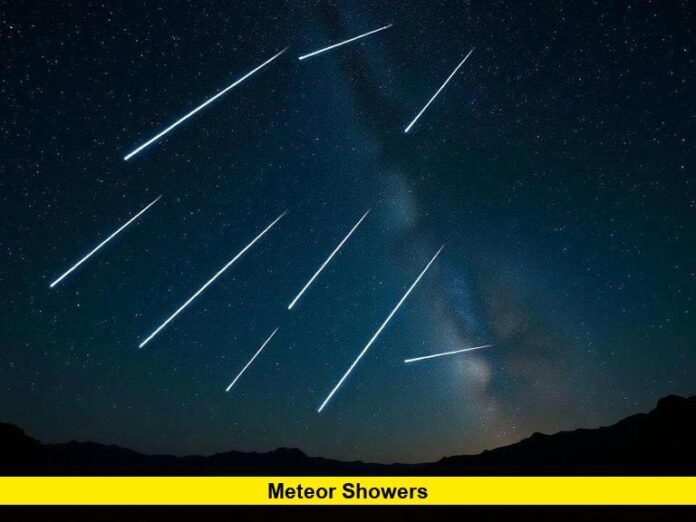Meteor showers are set to steal the celestial spotlight this week, dazzling skywatchers with a rare double feature on July 29 and 30. Anyone who’s ever caught a shooting star knows just how captivating these fleeting moments can be, but right now, the nighttime show is reaching its peak with two overlapping displays: the Southern Delta Aquariids and the Alpha Capricornids.
Tonight, as the clock passes midnight and the moon remains just a slender crescent, conditions couldn’t be better for meteor enthusiasts or anyone simply hoping for a brush with cosmic wonder. Experts predict up to 25 meteors per hour at the height of the event, which is best observed away from city lights beneath open, unobstructed skies.
Table of Contents
Why This Week Is So Special for Meteor Showers
The twin peaks happening tonight are more than just a calendar coincidence. The Southern Delta Aquariids, active from July 18 to August 12, will deliver a steady barrage of 20 meteors per hour during their prime window. Originating from remnants of Comet 96P/Machholz, these meteors are famed for their luminous, lingering trails. Observers in the Southern Hemisphere get the best views, but skywatchers worldwide will be able to see meteors radiate out from near the constellation Aquarius.
Meanwhile, the Alpha Capricornids have been streaking across the sky since July 12 and linger until August 12, with a less intense—but still striking—output of about 5 meteors per hour. These meteors are especially noteworthy for producing brilliant fireballs that often outshine even the brightest stars.
At a Glance: What You Can Expect
| Meteor Shower | Active Dates | Peak Dates | Meteors per Hour (Max) | Viewing Tips |
|---|---|---|---|---|
| Southern Delta Aquariids | July 18 – Aug 12 | July 29–30 | 20–25 | Look halfway up, facing south, post-midnight |
| Alpha Capricornids | July 12 – Aug 12 | July 29–30 | 5 (with fireballs) | Visible globally, but best late at night |
- Both showers will be visible across much of the globe, but are especially vibrant for those in the Southern Hemisphere.
- Find a dark, rural area for optimum viewing. Cities and light pollution will reduce visibility.
- The best time is after midnight and before dawn, when the radiant points are high and the moon remains unobtrusive.
The Perseid Meteor Shower Is Coming, But Conditions Are Tough
While the Perseids—often the most popular meteor shower each year—are now ramping up, their peak in August 2025 will unfortunately coincide with a bright, nearly full moon, making this week’s activity even more vital for skywatchers hoping for clear views. Still, patient observers might catch some early Perseids mixed in with tonight’s displays, adding to the starry spectacle.
Expert Tips for Tonight’s Meteor Showers
- Give your eyes at least 20 minutes to adjust to darkness.
- Avoid looking at your smartphone; bright screens can spoil night vision.
- Bring a blanket or garden chair and lie back for a full-sky view.
- Be patient—meteors often come in bursts!
Why You Should Head Outside Tonight
The fusion of two meteor showers, clear skies, and minimal moonlight is a rare recipe for spectacular viewing. Whether you’re an astronomy buff or someone who just loves the night sky, this week’s meteor showers promise breathtaking natural fireworks.
Have you spotted any particularly memorable shooting stars? Share your experience below or let us know your best stargazing tips! Stay curious—the universe always has more wonders in store.
